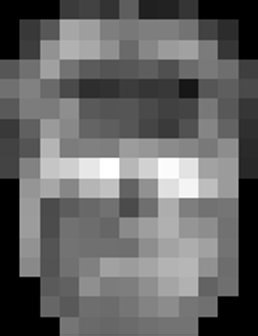
The architecture of face processing
Description
How does the brain represent visual objects? The macaque face patch system provides a powerful model for exploring the architecture and geometry of high level object representation. I will talk about experiments which show that different face patches are specialized for representing different sets of axes of face space. Importantly, even in the most anterior face patch, single cells represent axes in face space rather than specific templates. Assuming this axis coding scheme, realistic faces can be reconstructed with high accuracy using responses of ~ 100 face cells. I will speculate about reasons for this axis coding scheme including efficiency and flexibility. I will also talk about new directions exploring the organization of IT cortex in general, and how IT cortex interacts with other parts of the brain including retinotopic cortex and the hippocampus.
Speaker Bio
I am a systems neuroscientist interested in the neural mechanisms underlying primate vision. The central problem I want to understand is how visual objects are represented in the brain, and how these representations are used to guide behavior. To address this, my lab is investigating mechanisms at multiple stages in the visual hierarchy, from early processes for segmenting visual input into discrete objects, to mid- and high-level perceptual processes for assigning meaningful identity to specific objects, to processes by which these perceptual representations govern behavior. Techniques we use include: electrophysiology, fMRI, electrical microstimulation, anatomical tracing, psychophysics, and mathematical modeling.

